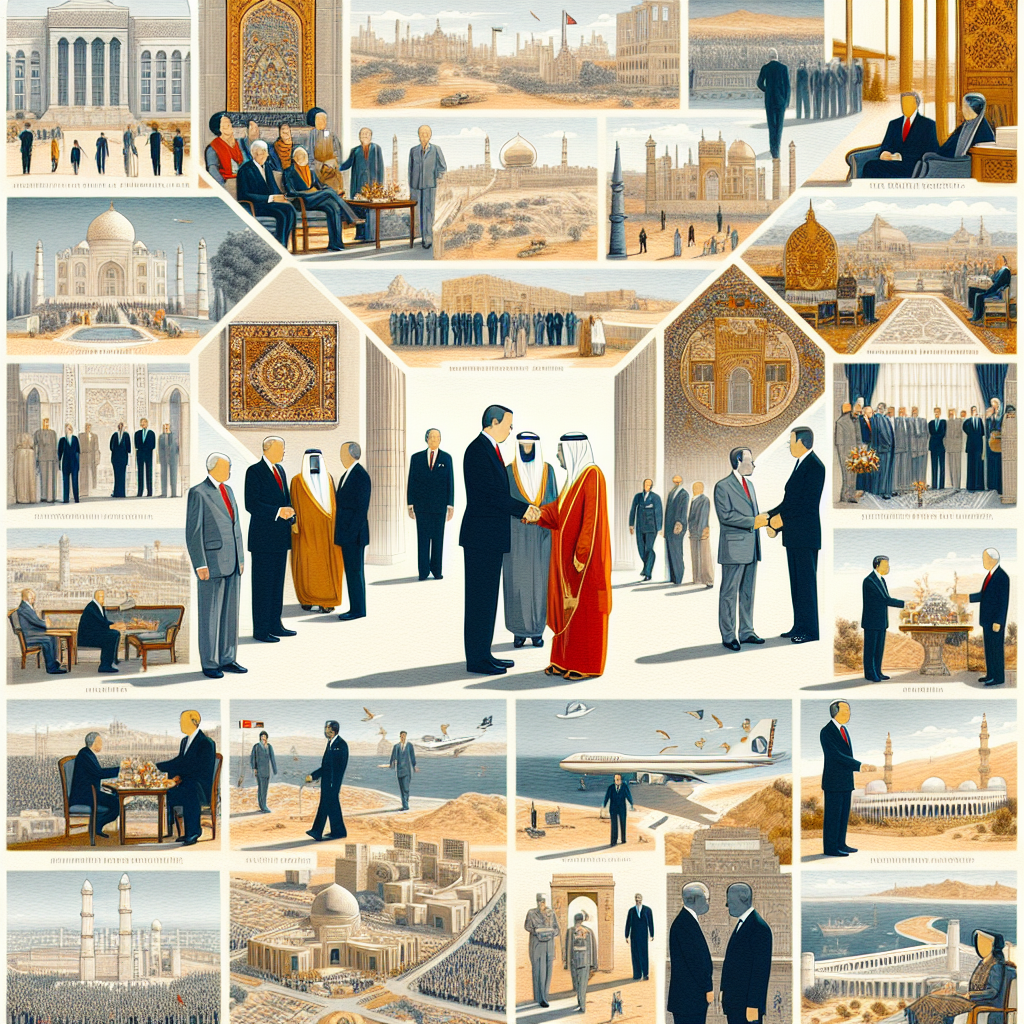US Presidential Visits to the Middle East: A Historical Overview
US Presidential Visits to the Middle East: A Historical Overview
Introduction
The Middle East has long been a focal point of US foreign policy, with presidential visits serving as pivotal moments in diplomatic relations. This overview explores the historical context and significance of these visits, highlighting key moments and their impact on international relations.
Early Engagements
US presidential visits to the Middle East began in the mid-20th century, marking the start of direct diplomatic engagement in the region.
- Dwight D. Eisenhower (1959): The first sitting US president to visit the Middle East, Eisenhower’s trip aimed to strengthen alliances during the Cold War.
- Richard Nixon (1974): Nixon’s visit focused on fostering peace in the aftermath of the Yom Kippur War.
Strategic Alliances and Peace Efforts
Subsequent visits have often centered around strategic alliances and peace negotiations, reflecting the complex geopolitical landscape of the region.
- Jimmy Carter (1979): Carter’s visit was instrumental in the Camp David Accords, a landmark peace agreement between Egypt and Israel.
- Bill Clinton (1994): Clinton’s efforts were pivotal in the signing of the Israel-Jordan peace treaty.
21st Century Dynamics
In the 21st century, US presidents have continued to engage with the Middle East, addressing new challenges and opportunities.
- George W. Bush (2008): Bush’s visit focused on promoting democracy and counterterrorism efforts.
- Barack Obama (2009): Obama’s Cairo speech aimed to reset relations with the Muslim world.
- Donald Trump (2017): Trump’s visit emphasized economic partnerships and counterterrorism.
Conclusion
US presidential visits to the Middle East have played a crucial role in shaping diplomatic relations and addressing regional challenges. From fostering peace agreements to strengthening alliances, these visits underscore the importance of direct engagement in navigating the complexities of Middle Eastern geopolitics.













